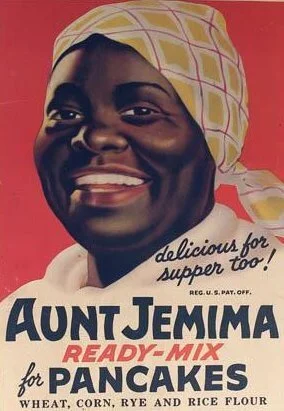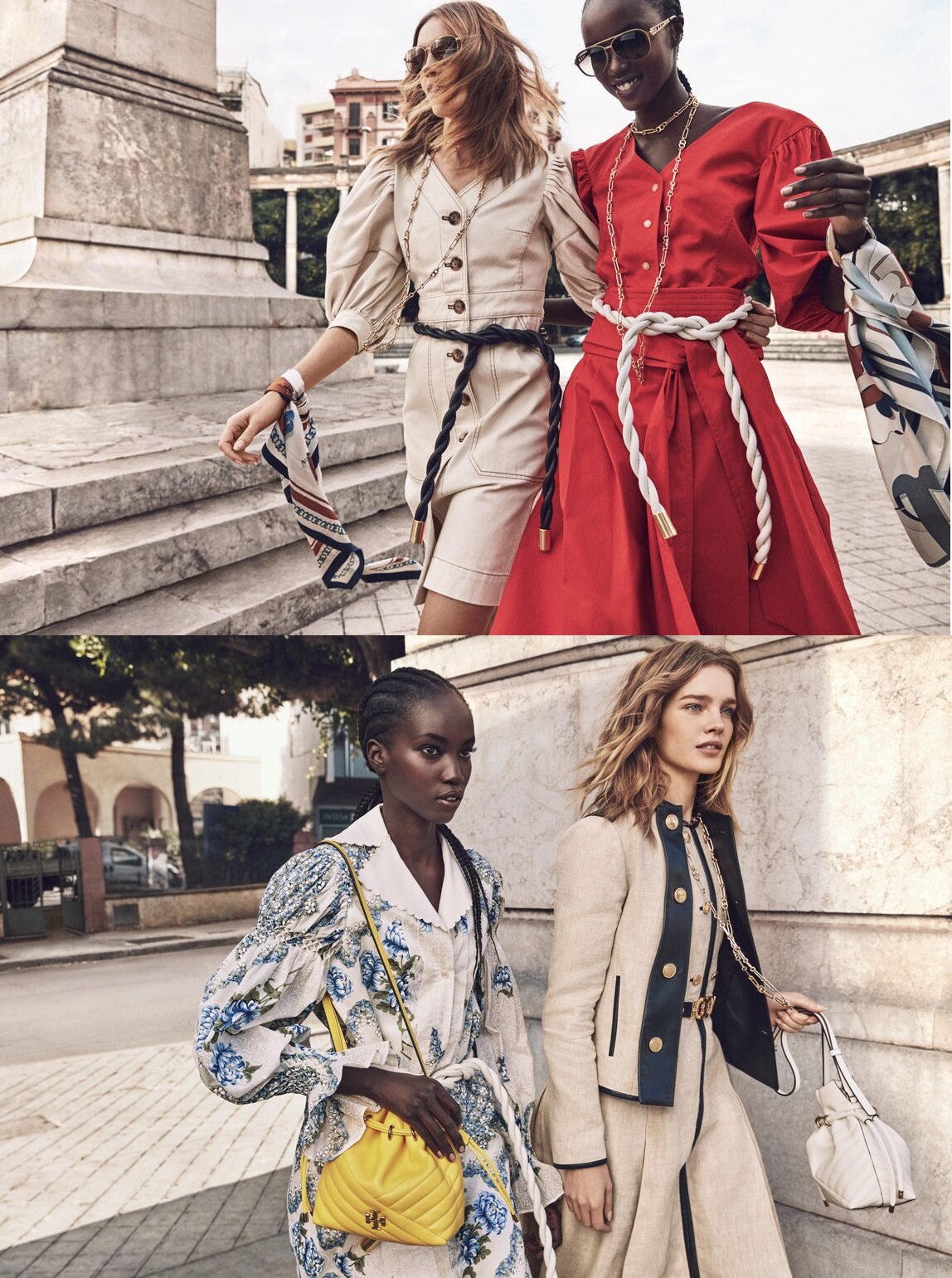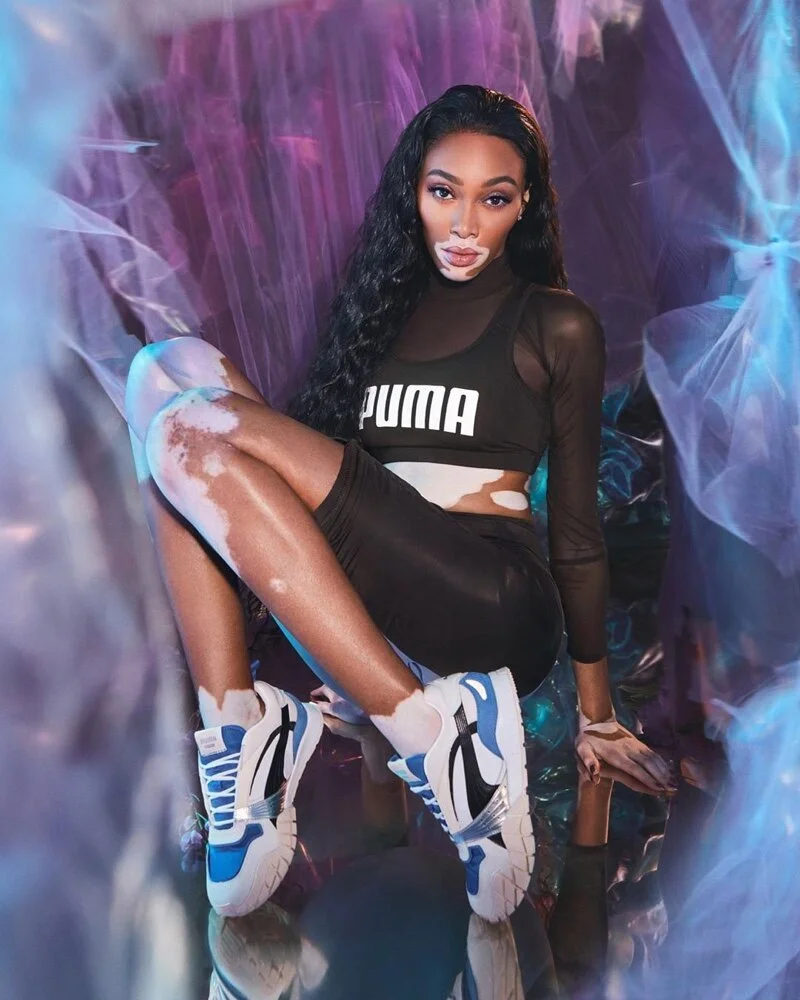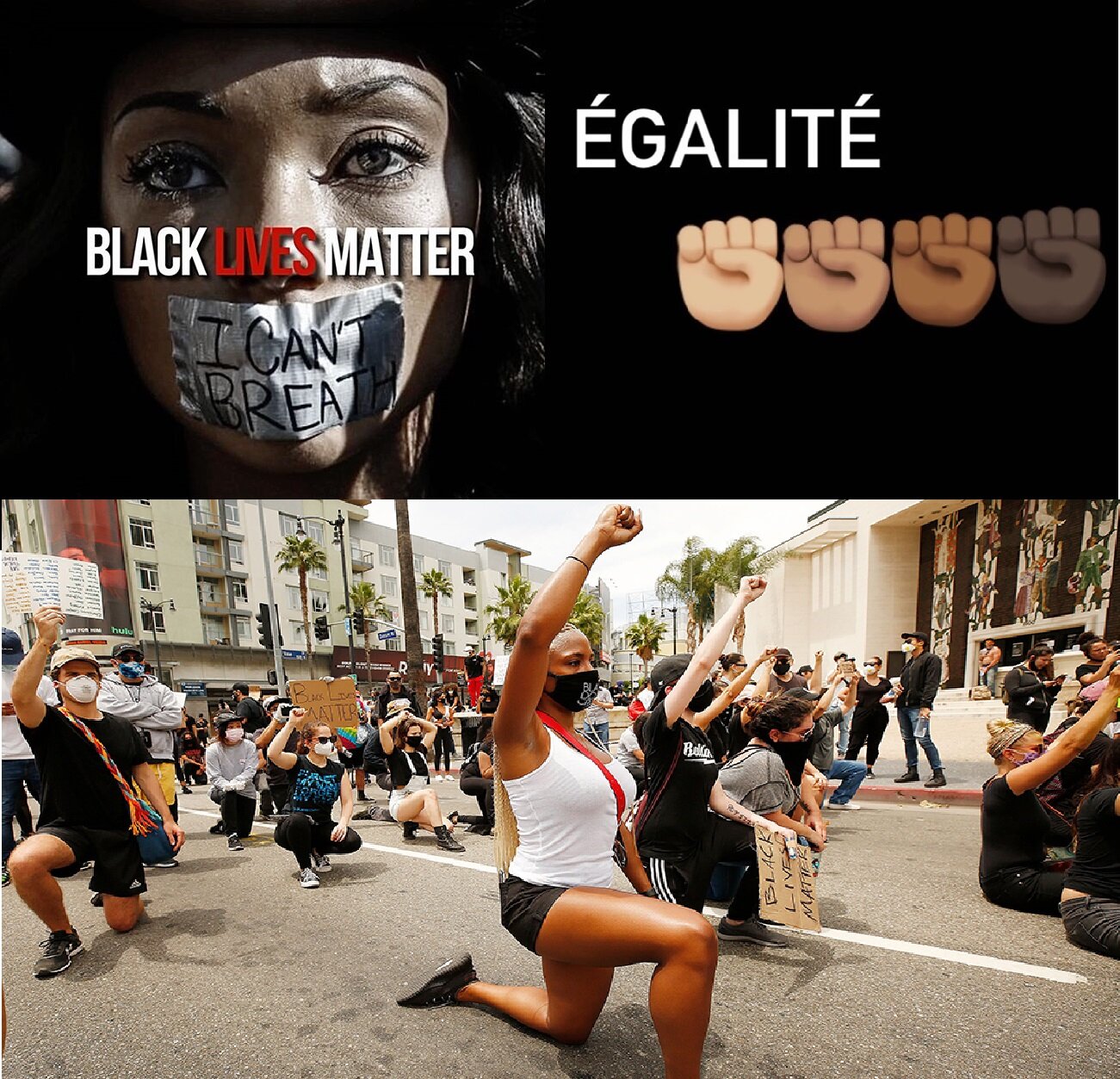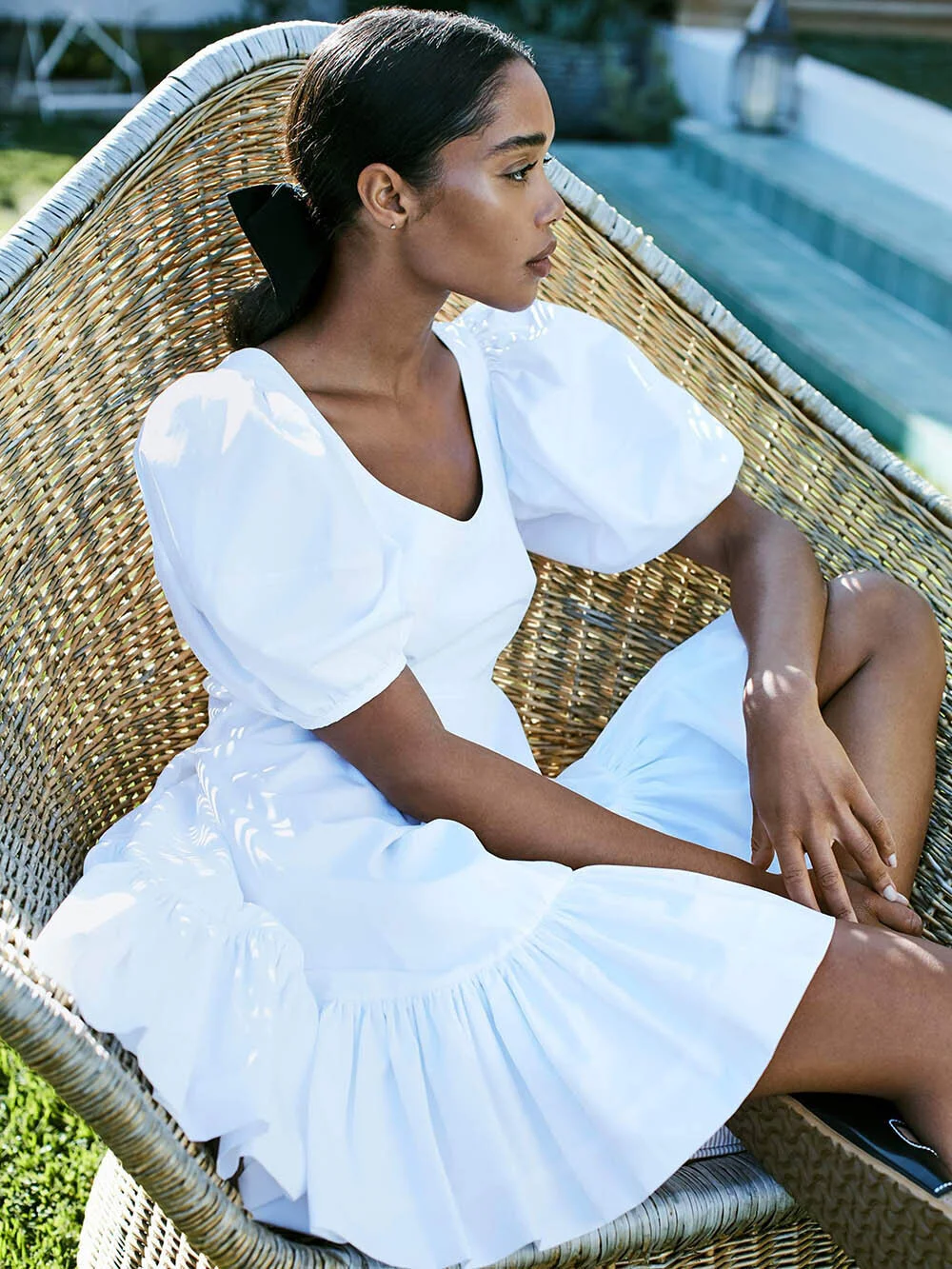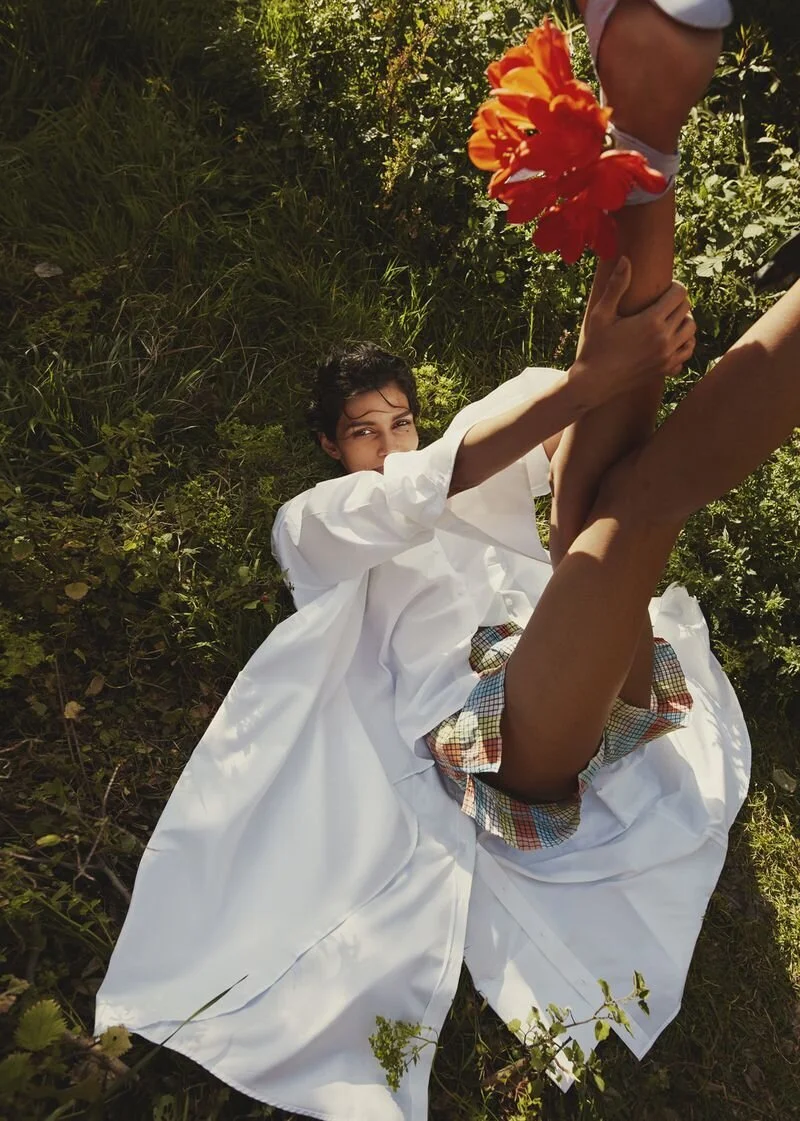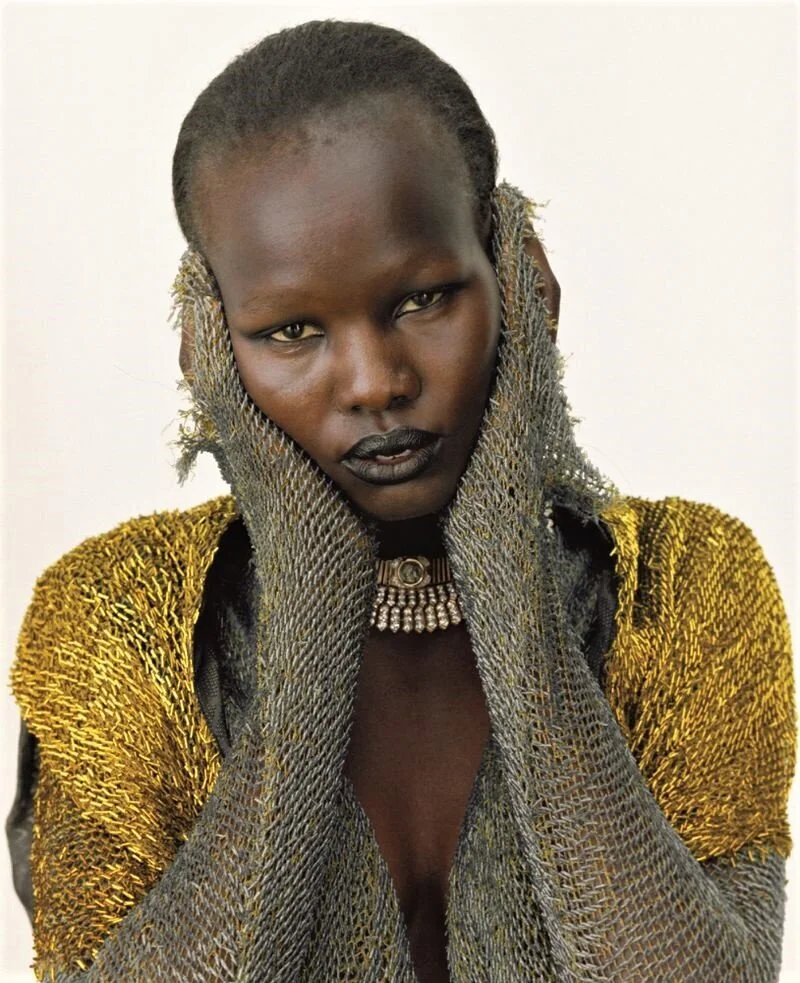Anne Trips Over Coddington's Mammy Jars As Joan Smalls Confronts Fashion Industry Racism
/Joan Smalls Confronts Fashion Industry Racism, As Anne Trips Into Grace's Mammy Jars
The first black person I ever saw in life was a real black woman Aunt Jemima. I remember her serving little appetizer-size pancakes in a grocery store in a tiny Minnesota town when I was growing up. I thought she was magnificent — independent and on the road, creating her own life, traveling to new places, center stage in the grocery store lighting up the place like Christmas in July.
If only I could be like her when I grew up. To me, she was a movie star — a beautiful, talented movie star — and I loved her skin, her smile and — most of all — her self-confidence.
For the Love of Mammy
For reasons I’ve never fully understood, I was committed to civil rights at a very young age — and not because we discussed the issue at the family dinner table. Only when I became a teenager and watched the agonizing brutality of civil rights protests on TV, did I understand that perhaps Aunt Jemima’s life wasn’t so totally wonderful after all.
I was shocked to discover this weekend that former Creative Director of American Vogue Grace Coddington proudly displayed her collection of mammy jars in a French lifestyle magazine last year. Frankly, I was totally disgusted with a woman I’ve admired greatly in fashion world.
You’re reading the words of someone who became so agitated at a dinner party in Connecticut 25 years ago, that I feigned a migraine just so I could excuse myself from the other guests and lie down.
Not wanting to embarrass my investment banker partner, I needed to exit stage right from the despicable dinner table conversations about people of color. He knew, of course, what was going on, and when he came to check on me in the guest room, I suggested to him that I would just return to Manhattan alone on the train and he could come Sunday morning. To his credit, he told our hosts and other guests that I had a terrible history of migraines (not true) and he wanted to take me back to New York.
After reading Anna Wintour’s apology regarding racism at Condé Nast (see article), I find it impossible to believe that none of Grace Coddington’s fashion friends suggested to her that her black mammys should be retired for good.
Grace Coddington’s home spread coincided with the infamous Prada Soho store key chain incident and accusations of blackface against Gucci.
The History of Aunt Jemima
Sarah Doneghy shares the facts of Aunt Jemima’s birth as a cultural icon in her 2018 Black Excellence essay: It Was Never About the Pancakes.
Aunt Jemima was first introduced as a minstrel show character. The characters in these shows were white people in blackface, portraying black people as “dimwitted, lazy, easily frightened, chronically idle, superstitious, happy-go-lucky buffoons,” writes Doneghy.
Her roots came from an old Billy Kersands song “Old Aunt Jemima”, a story sung by slave hands.
The lyrics tell of the promise to be set free yet remaining a slave forever. “My old missus promise me . . .When she died she-d set me free . . . She lived so long her head got bald . . . She swore she would not die at all . . .” were some of the lyrics.
Many argue that the stage vision of Mammy — the one on Grace Coddington’s jars and pancake mix boxes — never really existed. “The Mammy pictured female household slaves as: fat, middle-aged, dark-skinned, undesirable . . . happy to serve whites, always smiling . . . The ugly truth is that they were: thin . . . young . . . light-skinned, a daughter of rape; desirable to white men and therefore raped, utterly powerless, extremely unhappy . . .” writes Doneghy.
Time To Retire the Mammy Jars, Grace. Perhaps a Public Smashing?
If true, this is one more reason for Grace Coddington to ditch her mammy jars, as they are very dark skinned and deliberately designed to appear unattractive to white men — and, therefore, not a threat to white women. That’s a whole lotta baggage around one set of jars, Grace Coddington.
Now that Vogue Global Artistic Director, Global Content Advisor and Editor-in-Chief of American Vogue Anna Wintour is determined to root out racism at Condé Nast, those jars could be the first post in a new monthly Vogue feature.
Consider a confessional column “How I Confronted My Own Quiet Racism”, with current and former Condé Nast execs leading by example. It could be on Instagram — asking other owners of racist memorabilia to share pictures of them taking out the trash. It might be a bit embarrassing, but think of all the street cred Vogue could build. Beyoncé could write a song. Vogue could be honored at the next Global Citizen festival. This could be big . . . very big.”
Condé Nast could launch this campaign the day after voters send Donald Trump packing in November. America is turning a new page and Grace’s mammy jars are step one. We work our way to the Biden Inauguration, one gesture each day. I love it!! ~ Anne

